About this ransomware
Discovered by security researcher Michael Gillespie, NM4 File Virus is a file encrypting type of malware, known as ransomware. It can get into your computer without you even noticing, and once it’s inside, it will proceed to encrypt your files and then demand that you pay to decrypt them. This makes ransomware one of the most dangerous types of malware out there. 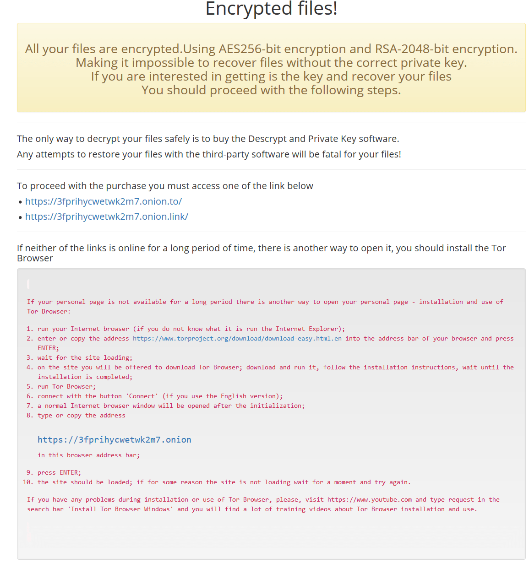
And file recovery is not always guaranteed. Paying is an option but security specialists rarely recommend it because it does not guarantee file decryption. You should not forget you are dealing with cyber criminals who do not care about your files and just want your money. So it’s likely that they will take the money and then ignore you afterwards. It would be wiser to invest some of that money into reliable backup, so that you are not in danger of losing your files again. And if you do have backup, you can restore them easily after you delete NM4 File Virus from the computer.
How does it spread?
There is a variety of ways in which you can get infected with ransomware. Commonly, users infect their computer by opening malicious email attachments, or downloading something from unreliable sources, such as Torrents. If you are someone who carelessly opens email attachments from unknown senders without making sure they are safe, you have a higher chance of infecting your computer with malware. Always look into the sender and the contents of the email before you open the attachment. Look for grammatical mistakes, lack of your name mentioned (instead, Dear Customer would be used) and strong encouragement to open the attachment urgently. You should also not download from questionable sources, as they are a great way to spread malicious infections. Instead, choose official/trustworthy sites/sources for downloads and updates. Updating your software is also recommended so that infections cannot take advantage of vulnerabilities in your computer to enter.
What does it do?
When ransomware enters the computer, it will proceed to encrypt your files. Those affected will have the .nm4 file extension added to them, so it will be pretty obvious. A ransom note will then be displayed, which will explain that your files have been encrypted with AES-256 and RSA-2048 encryption algorithms, and that it is impossible to decrypt them without a correct private key. It will lead you to a user support page, where you could even talk to the hackers behind the infection. There will also be a message explaining that infection happened because of security holes in the system. They advise that in order to prevent this from happening again, the victim should employ people who specialize in security. This is aimed at companies that find their computers encrypted. They are not mistaken, and businesses should take cyber security very seriously. The hackers ask for 3 Bitcoins to recover the files, and at the current moment, 3 Bitcoins is equal to around $35,300. That is a lot of money now but the ransomware was discovered back in April, when Bitcoin was worth much less. As always, paying the ransom is not recommended as you could be just wasting your money, and 35 thousand dollars is not an amount you want to waste. We doubt individual users will think their lost files are worth that much. If you have not already done so, invest in reliable backup, and make copies of all important files you have on your system. If you got ransomware again, you would not need to worry about losing your files. If you have decided you are not going to pay, remove NM4 File Virus.
NM4 File Virus removal
There are cases where ransomware deletes itself after the encryption is complete, but if it remains on your system, you will have to get rid of it yourself. Manual eliminating the infection is not recommended as you could end up damaging your computer further. Instead, obtain reliable anti-malware software and have it take care of everything. Unfortunately, ransomware removal does not mean files will be decrypted.
Offers
Download Removal Toolto scan for NM4 File VirusUse our recommended removal tool to scan for NM4 File Virus. Trial version of provides detection of computer threats like NM4 File Virus and assists in its removal for FREE. You can delete detected registry entries, files and processes yourself or purchase a full version.
More information about SpyWarrior and Uninstall Instructions. Please review SpyWarrior EULA and Privacy Policy. SpyWarrior scanner is free. If it detects a malware, purchase its full version to remove it.

WiperSoft Review Details WiperSoft (www.wipersoft.com) is a security tool that provides real-time security from potential threats. Nowadays, many users tend to download free software from the Intern ...
Download|more


Is MacKeeper a virus? MacKeeper is not a virus, nor is it a scam. While there are various opinions about the program on the Internet, a lot of the people who so notoriously hate the program have neve ...
Download|more


While the creators of MalwareBytes anti-malware have not been in this business for long time, they make up for it with their enthusiastic approach. Statistic from such websites like CNET shows that th ...
Download|more
Quick Menu
Step 1. Delete NM4 File Virus using Safe Mode with Networking.
Remove NM4 File Virus from Windows 7/Windows Vista/Windows XP
- Click on Start and select Shutdown.
- Choose Restart and click OK.

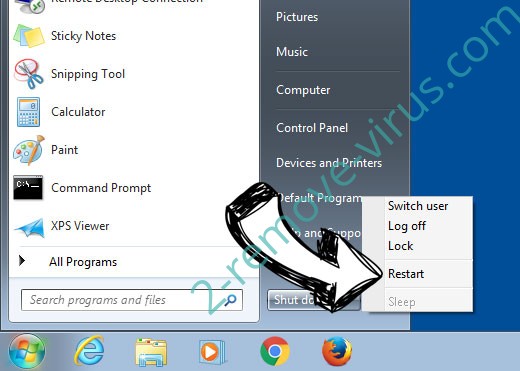
- Start tapping F8 when your PC starts loading.
- Under Advanced Boot Options, choose Safe Mode with Networking.

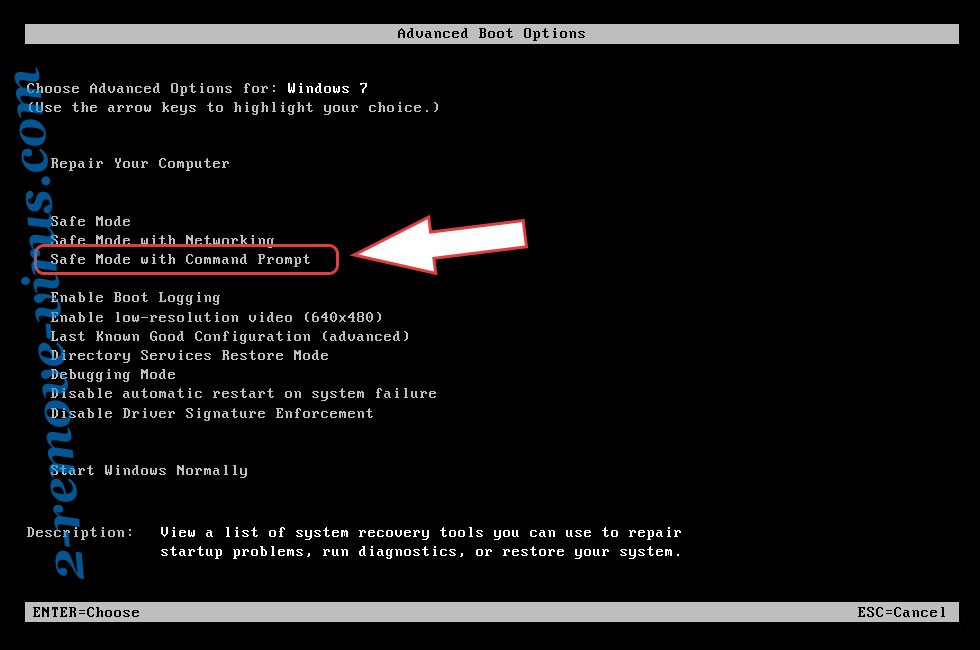
- Open your browser and download the anti-malware utility.
- Use the utility to remove NM4 File Virus
Remove NM4 File Virus from Windows 8/Windows 10
- On the Windows login screen, press the Power button.
- Tap and hold Shift and select Restart.

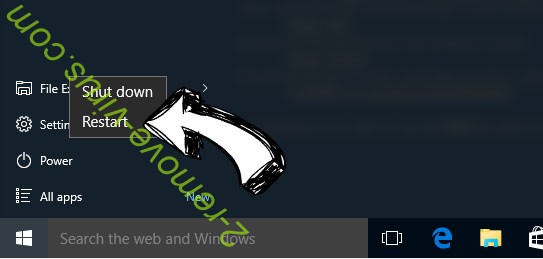
- Go to Troubleshoot → Advanced options → Start Settings.
- Choose Enable Safe Mode or Safe Mode with Networking under Startup Settings.

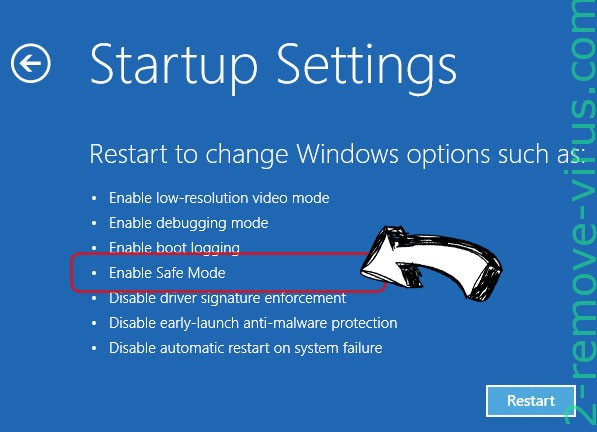
- Click Restart.
- Open your web browser and download the malware remover.
- Use the software to delete NM4 File Virus
Step 2. Restore Your Files using System Restore
Delete NM4 File Virus from Windows 7/Windows Vista/Windows XP
- Click Start and choose Shutdown.
- Select Restart and OK


- When your PC starts loading, press F8 repeatedly to open Advanced Boot Options
- Choose Command Prompt from the list.

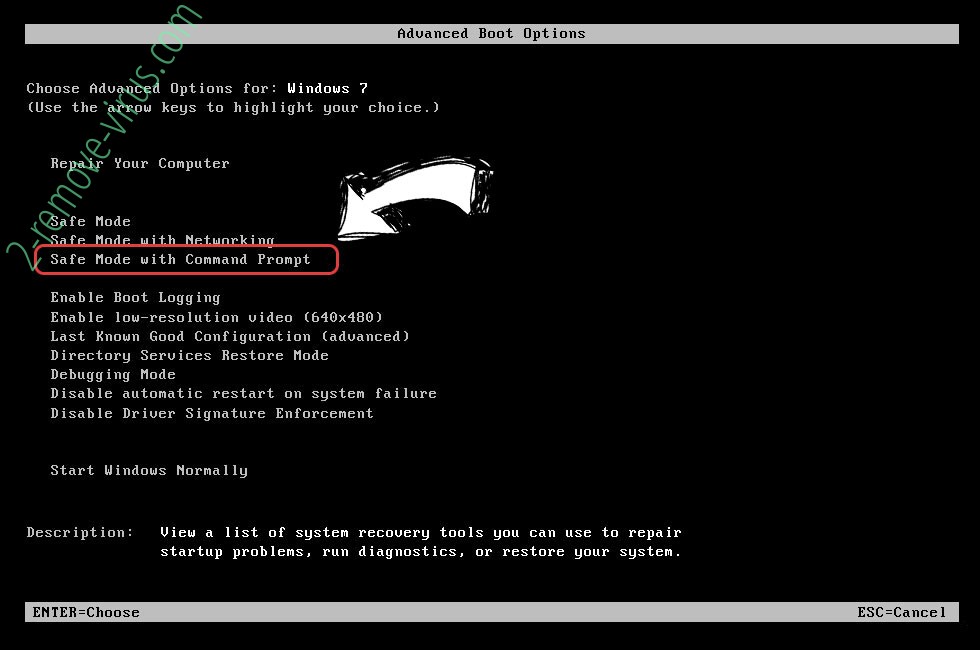
- Type in cd restore and tap Enter.

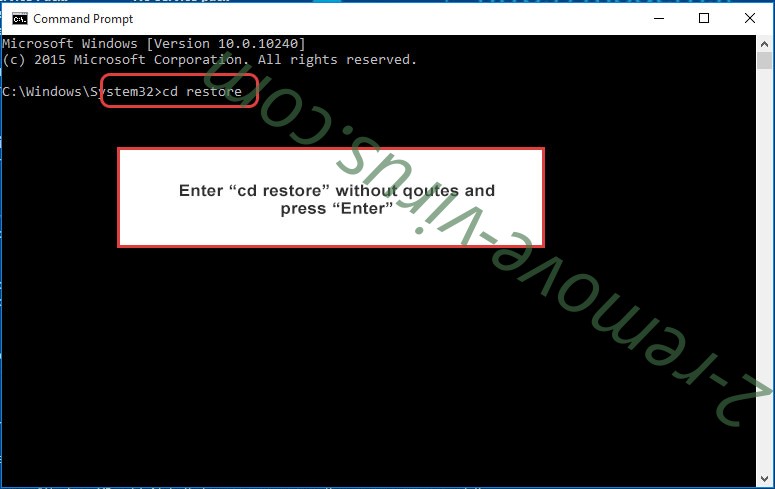
- Type in rstrui.exe and press Enter.

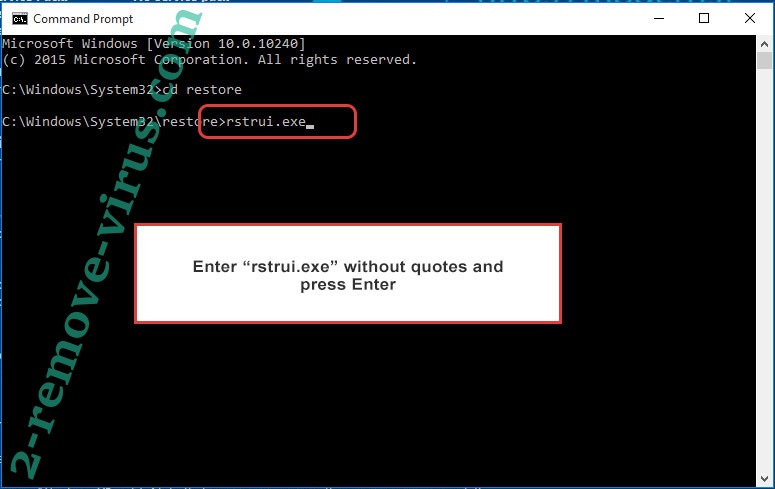
- Click Next in the new window and select the restore point prior to the infection.

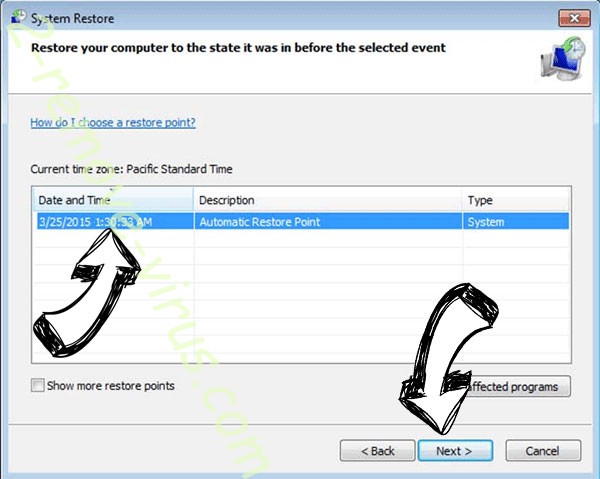
- Click Next again and click Yes to begin the system restore.

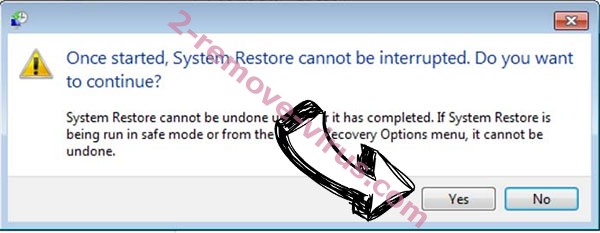
Delete NM4 File Virus from Windows 8/Windows 10
- Click the Power button on the Windows login screen.
- Press and hold Shift and click Restart.


- Choose Troubleshoot and go to Advanced options.
- Select Command Prompt and click Restart.

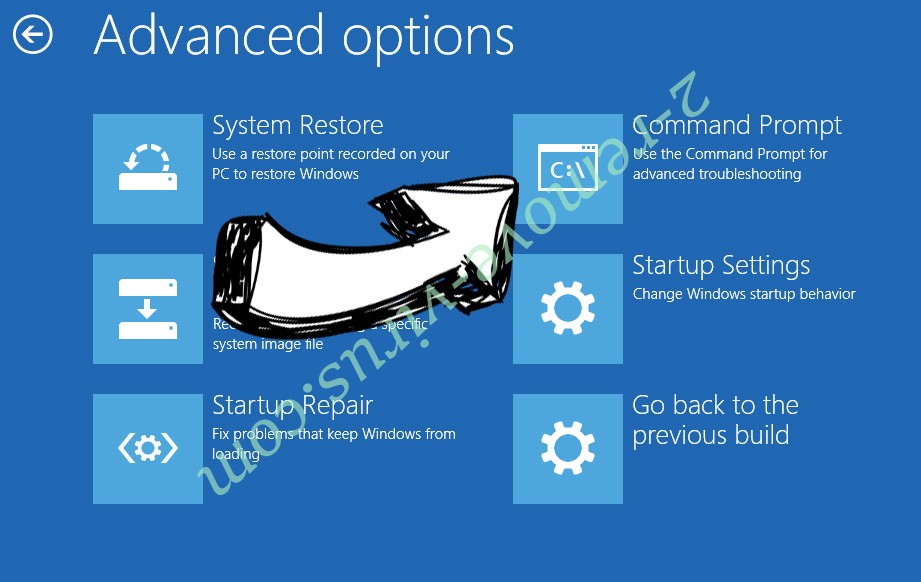
- In Command Prompt, input cd restore and tap Enter.


- Type in rstrui.exe and tap Enter again.


- Click Next in the new System Restore window.

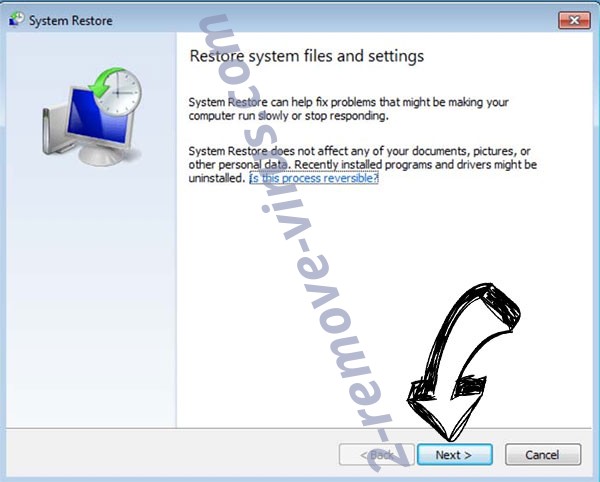
- Choose the restore point prior to the infection.


- Click Next and then click Yes to restore your system.


Site Disclaimer
2-remove-virus.com is not sponsored, owned, affiliated, or linked to malware developers or distributors that are referenced in this article. The article does not promote or endorse any type of malware. We aim at providing useful information that will help computer users to detect and eliminate the unwanted malicious programs from their computers. This can be done manually by following the instructions presented in the article or automatically by implementing the suggested anti-malware tools.
The article is only meant to be used for educational purposes. If you follow the instructions given in the article, you agree to be contracted by the disclaimer. We do not guarantee that the artcile will present you with a solution that removes the malign threats completely. Malware changes constantly, which is why, in some cases, it may be difficult to clean the computer fully by using only the manual removal instructions.
